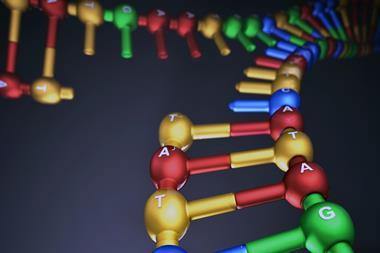The artificial yeast genome is now around a third complete
In 2014 the first complete and functional synthetic yeast chromosome was unveiled by Jef Boeke’s lab at Johns Hopkins University in Baltimore, US. That was chromosome III of the 16-chromosome yeast genome and now scientists have announced the completion of five more artificial yeast chromosomes: II, V, VI, X and XII, all capable of functioning within living yeast cells.1–5
Several research groups across the US, UK and China worked on making the chromosomes, using a software package called BioStudio to simulate changes to their genetic sequences so that regions of repetitive or non-coding DNA could be removed. The eventual aim is to recreate all 16 chromosomes to make a functioning fully artificial genome, which researchers say could enable the design of novel strains of yeast with the ability to synthesise a greater variety of products including fuels and drugs.
References
1 Y Sen et al, Science, 2017, DOI: 10.1126/science.aaf4791
2 Z-X Xie et al, Science, 2017, DOI: 10.1126/science.aaf4704
3 L A Mitchell et al, Science, 2017, DOI: 10.1126/science.aaf4831
4 Y Wu et al, Science, 2017, DOI: 10.1126/science.aaf4706
5 W Zhang et al, Science, 2017, DOI: 10.1126/science.aaf3981
















No comments yet